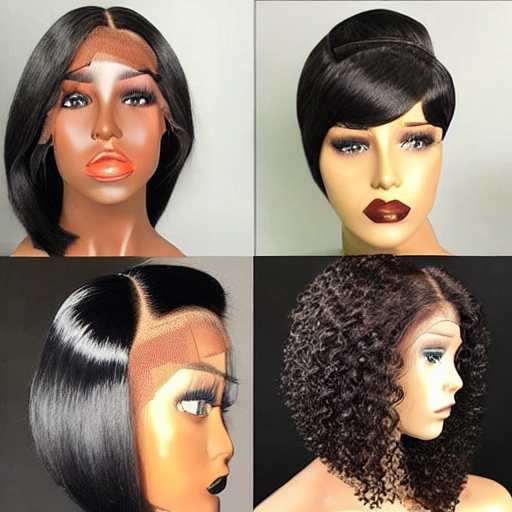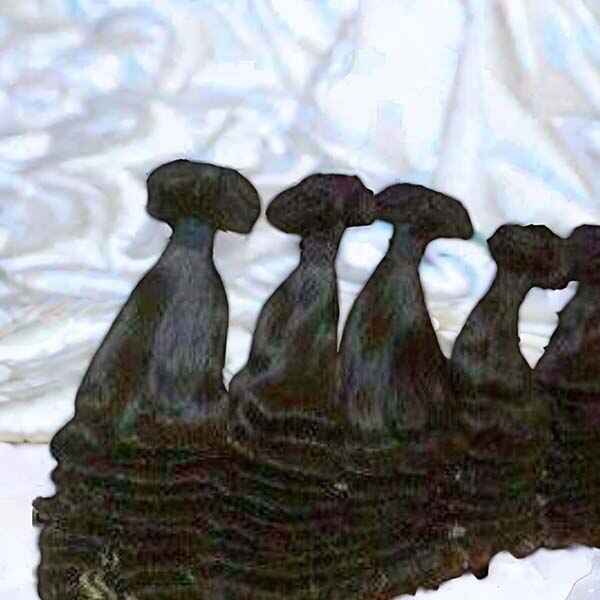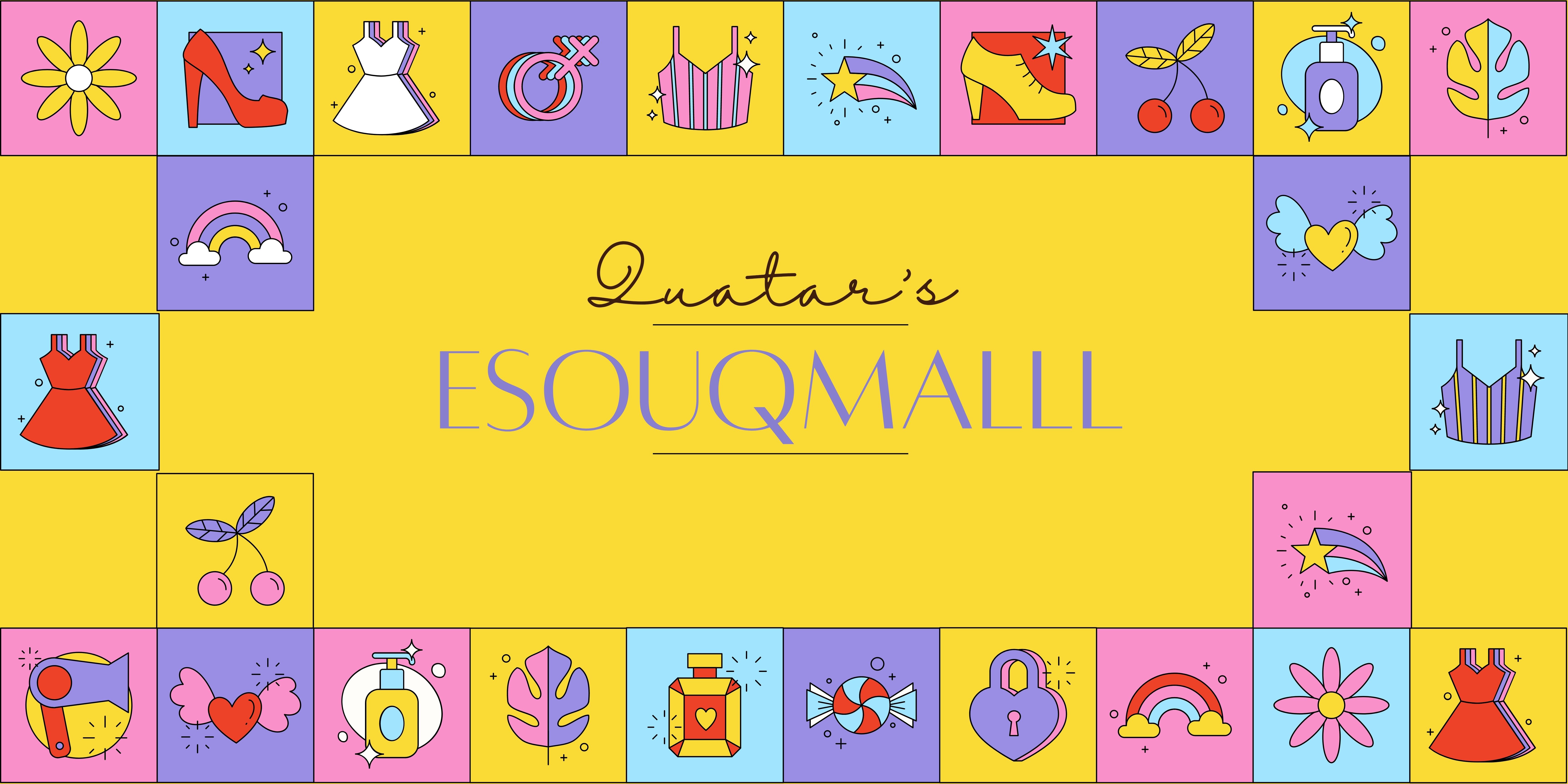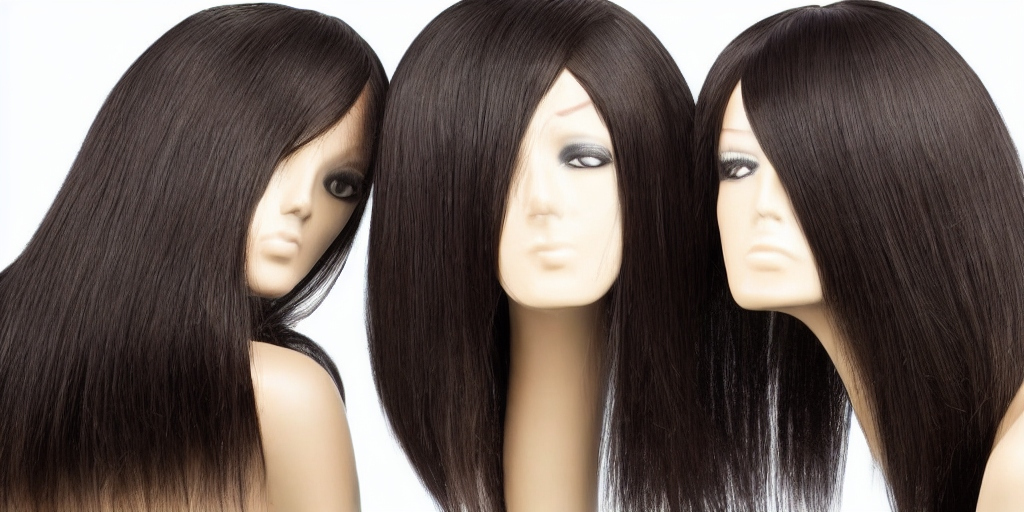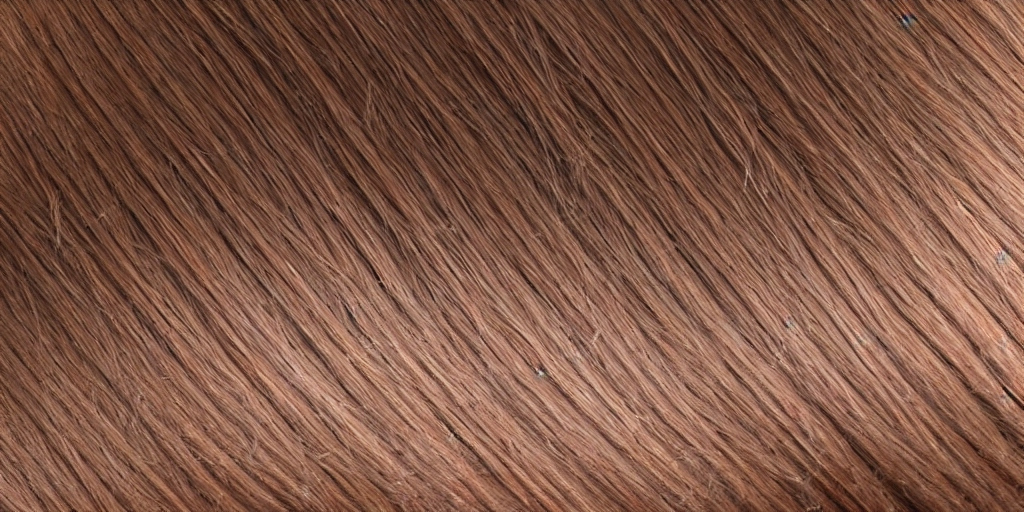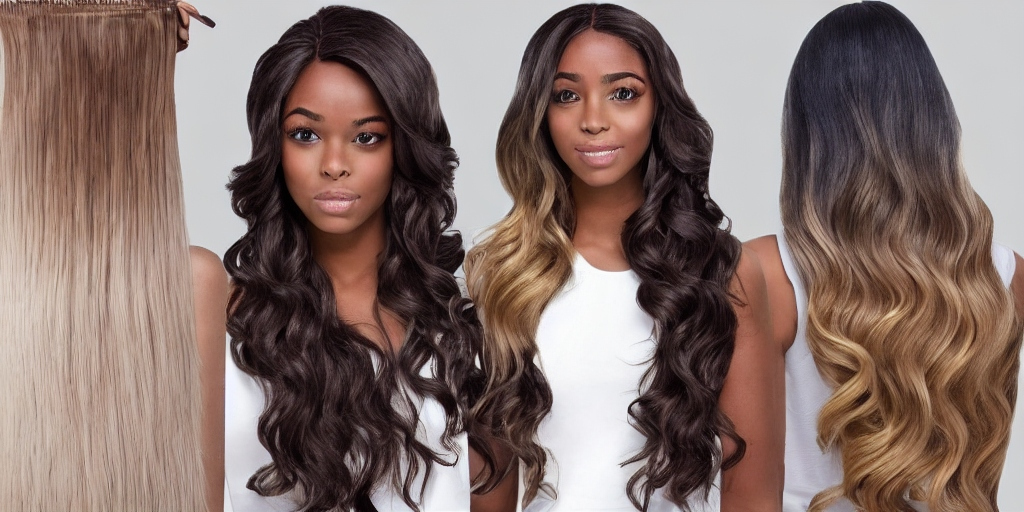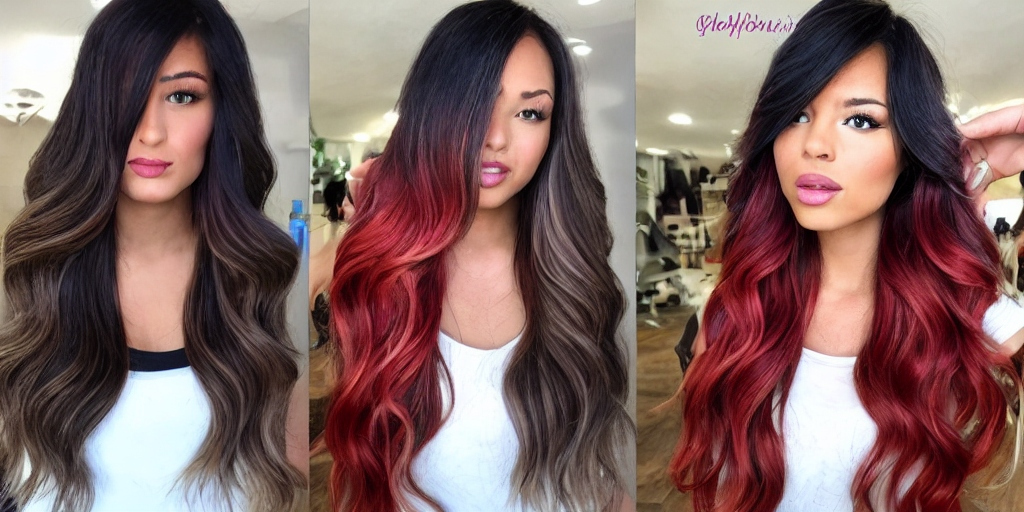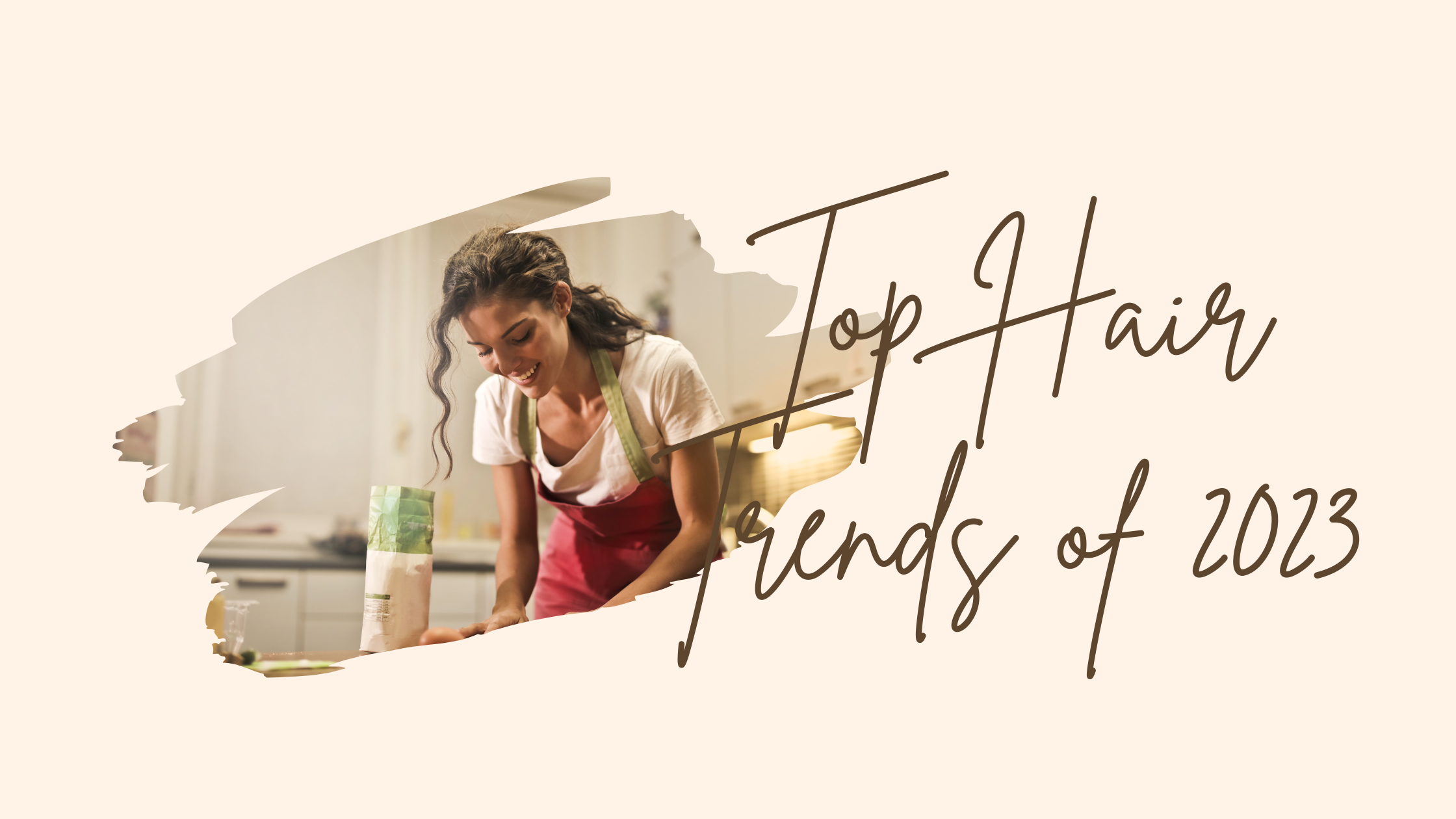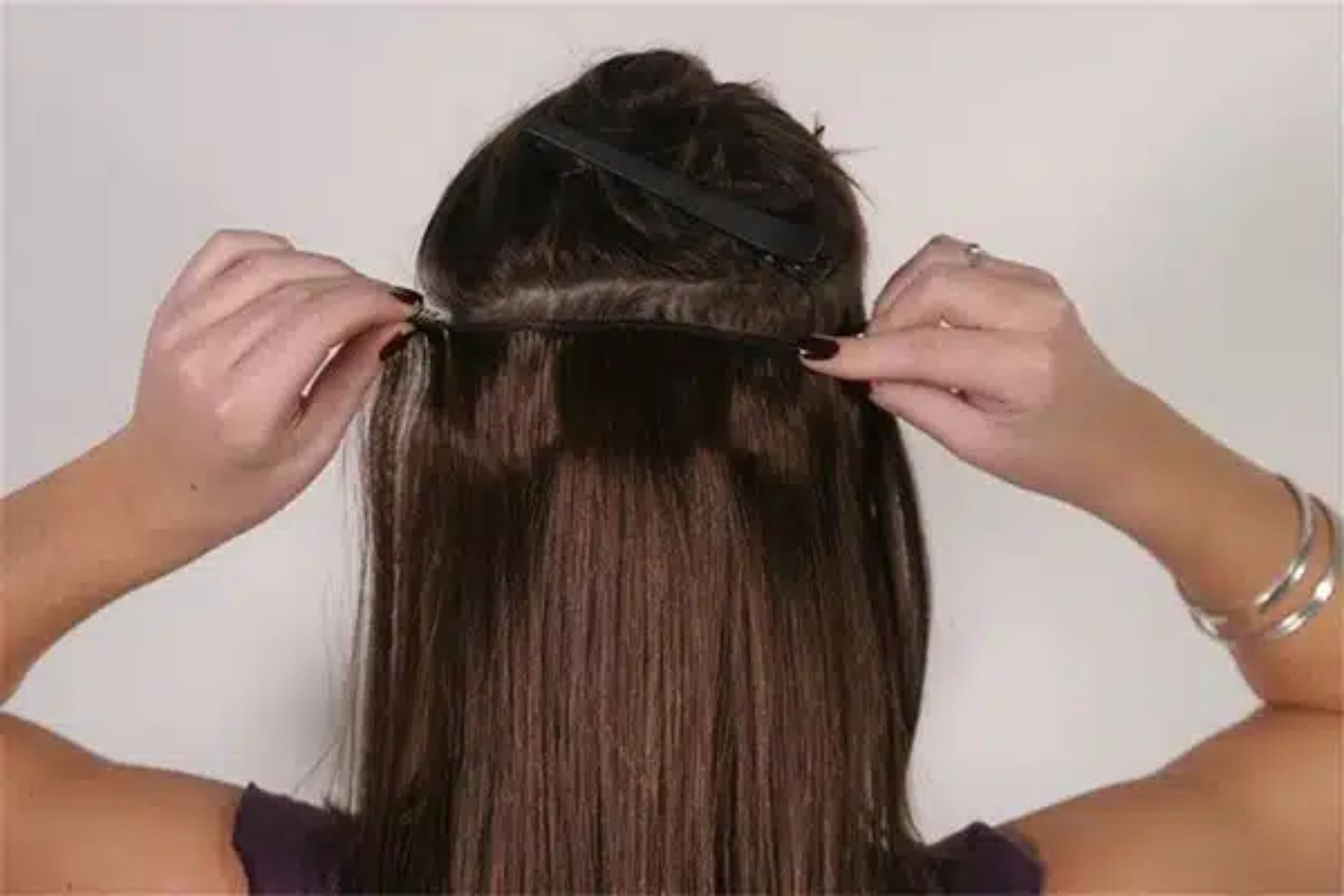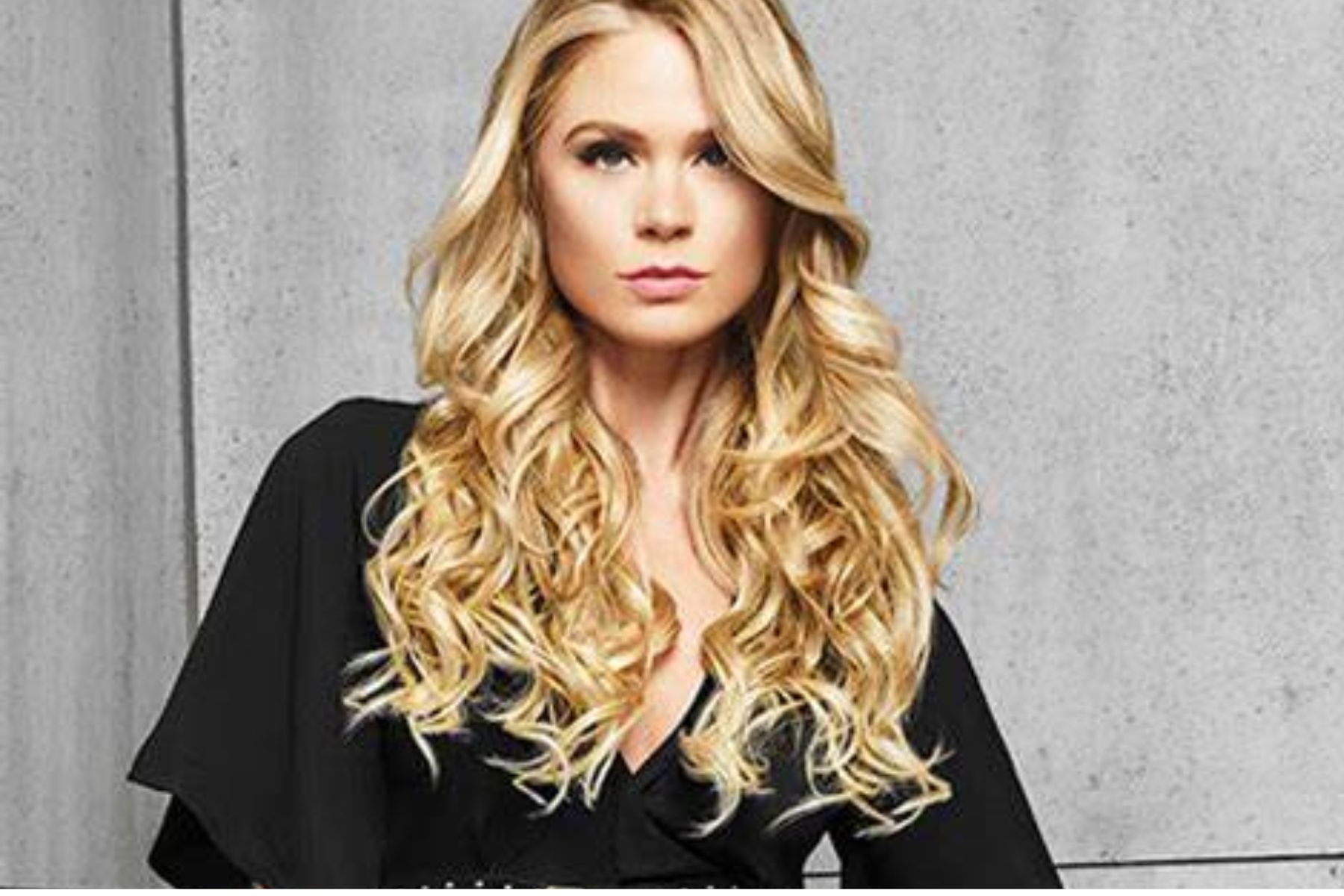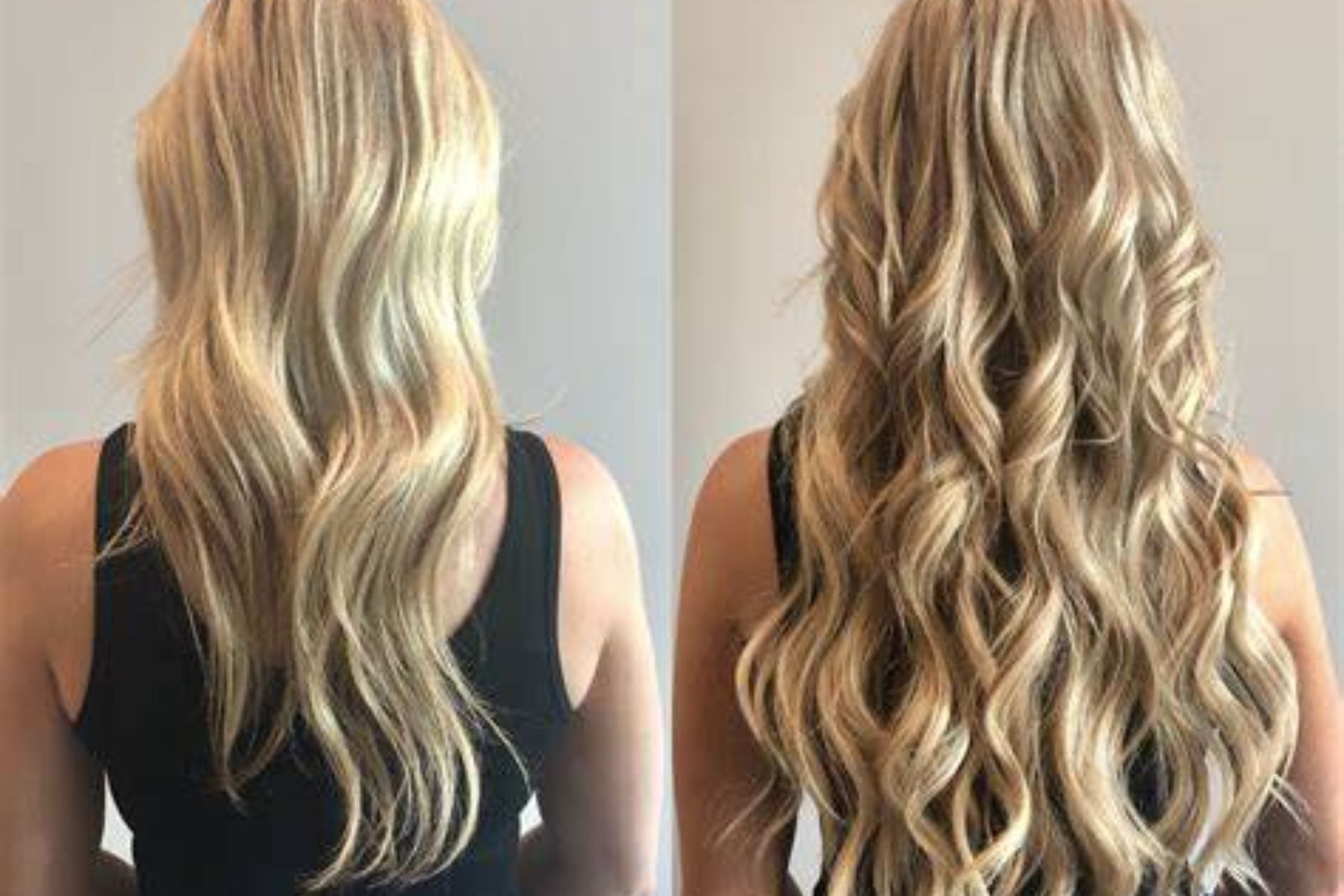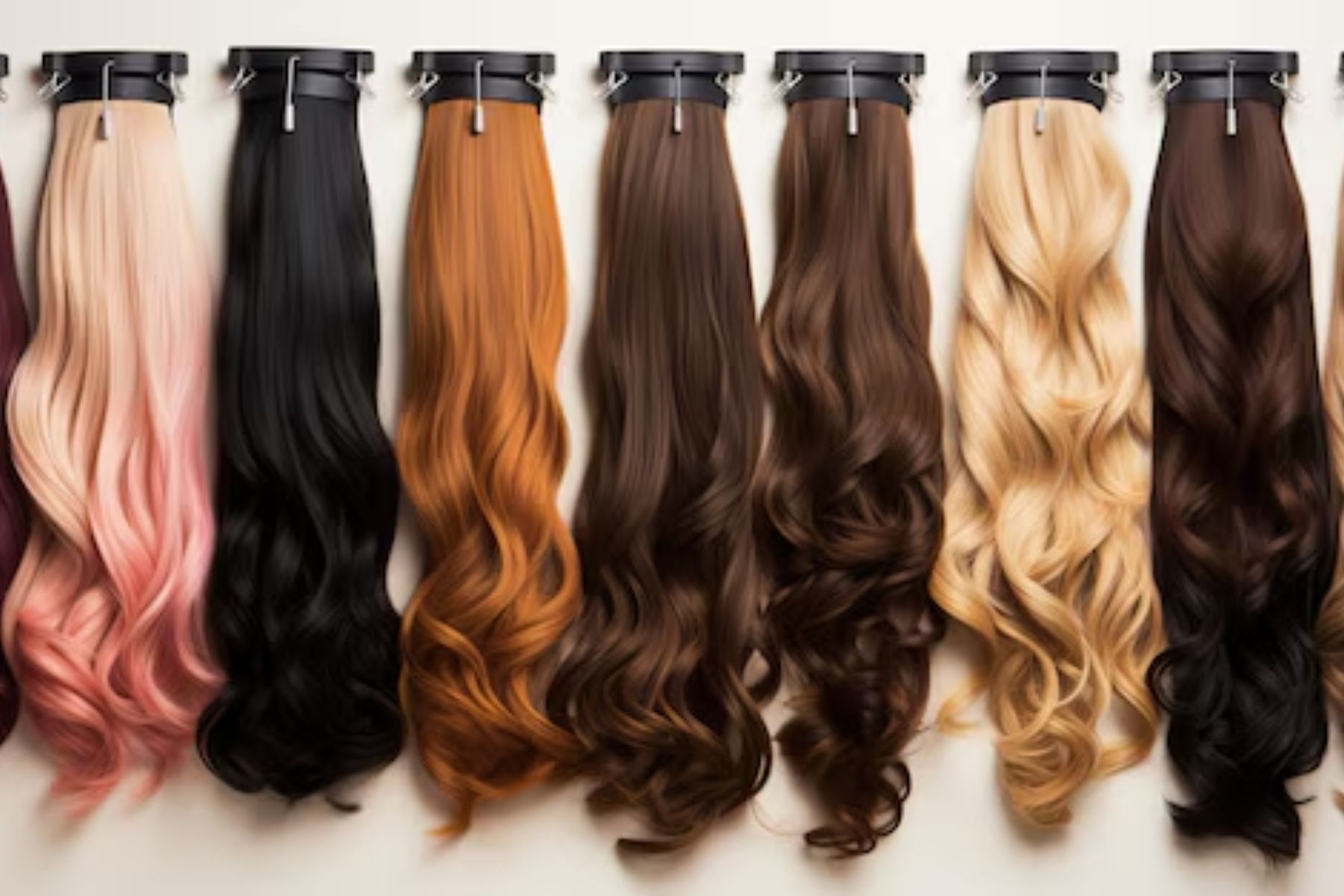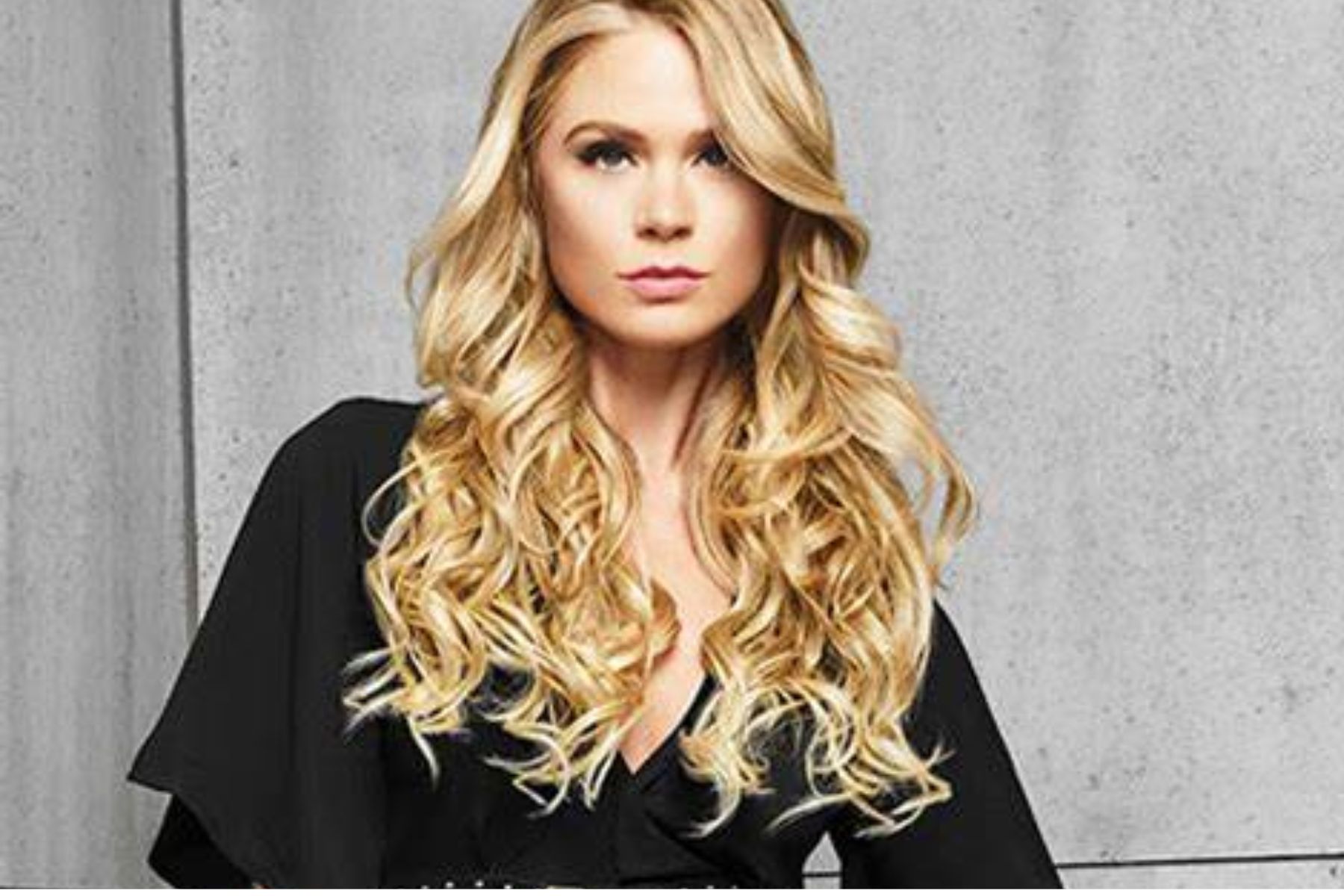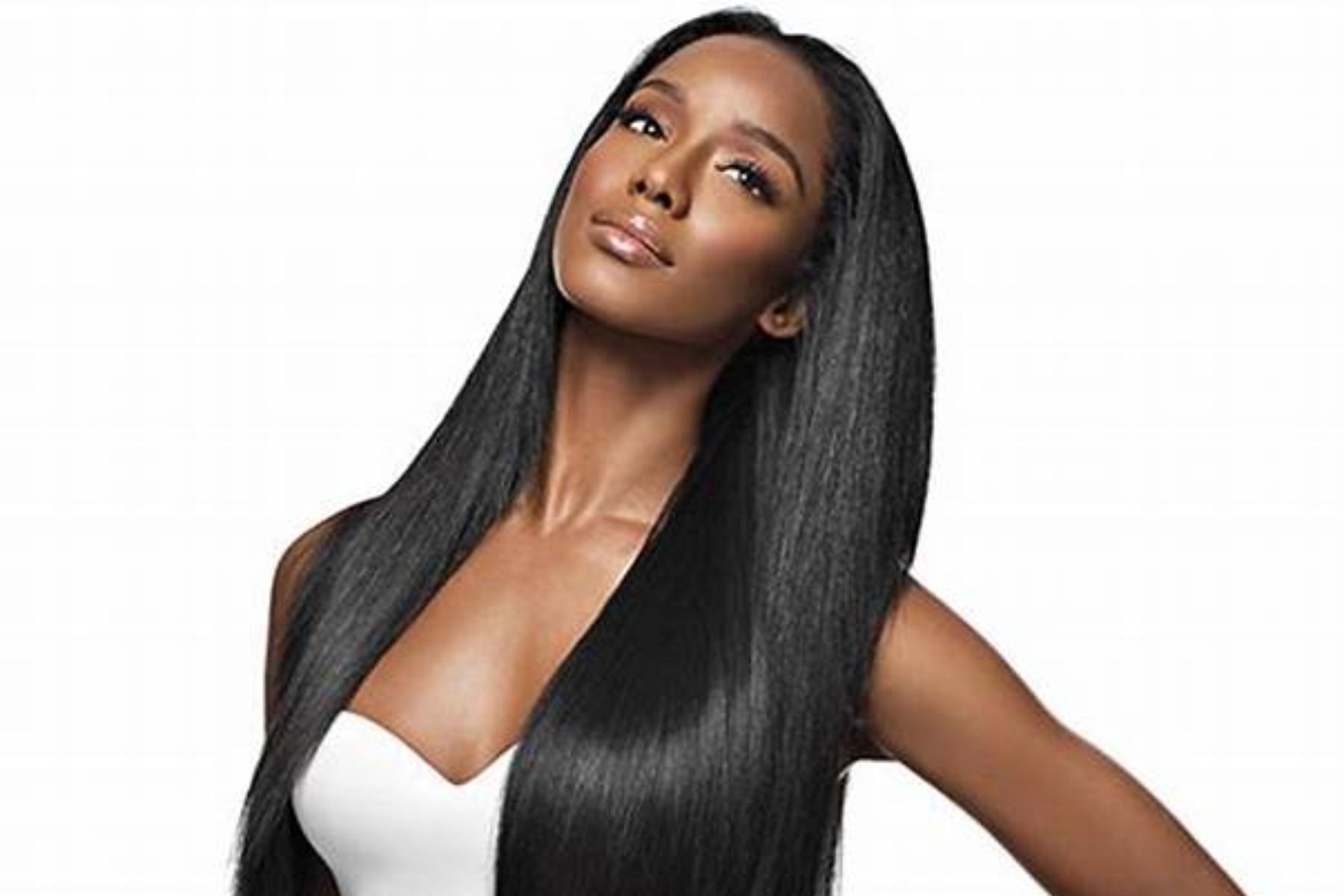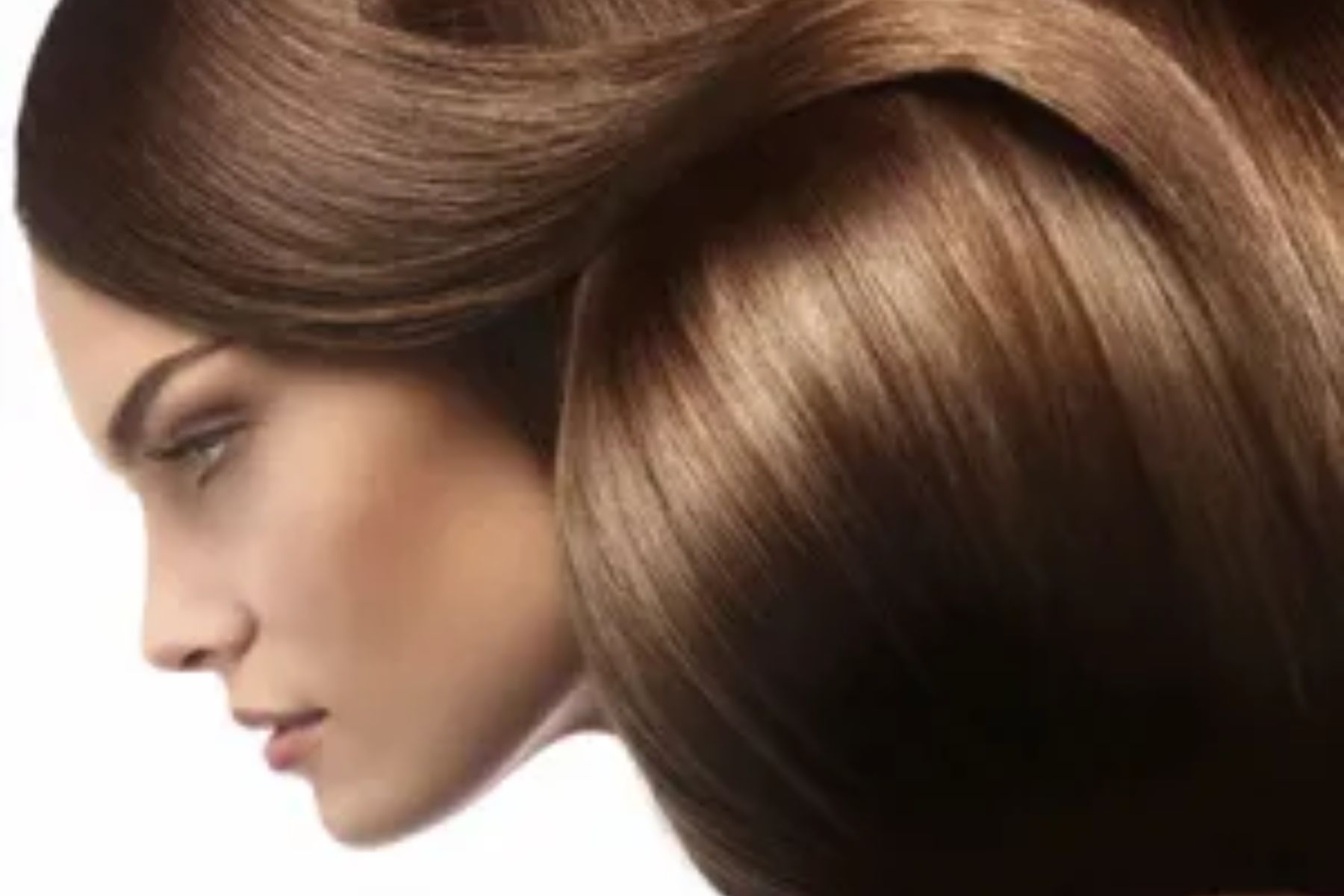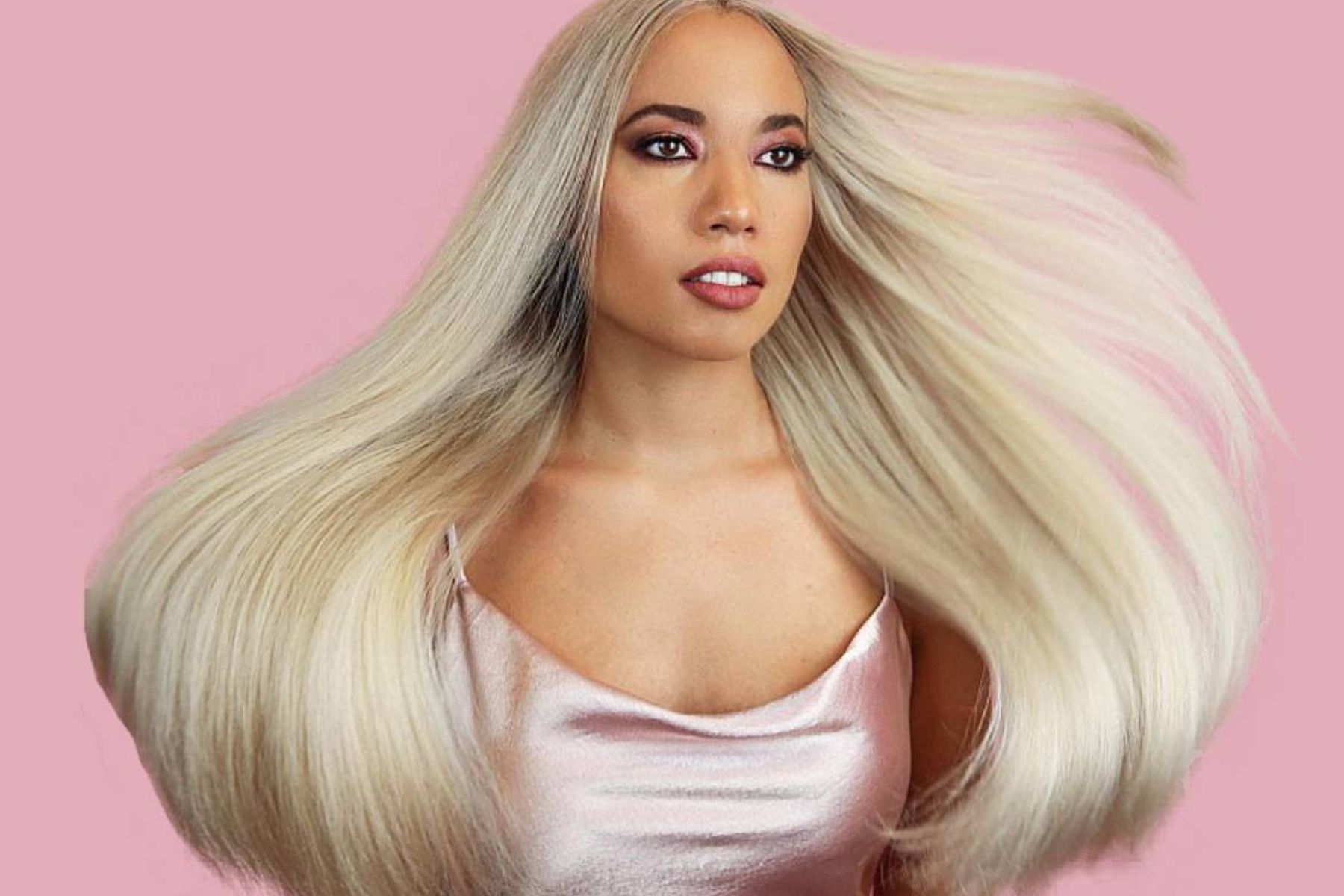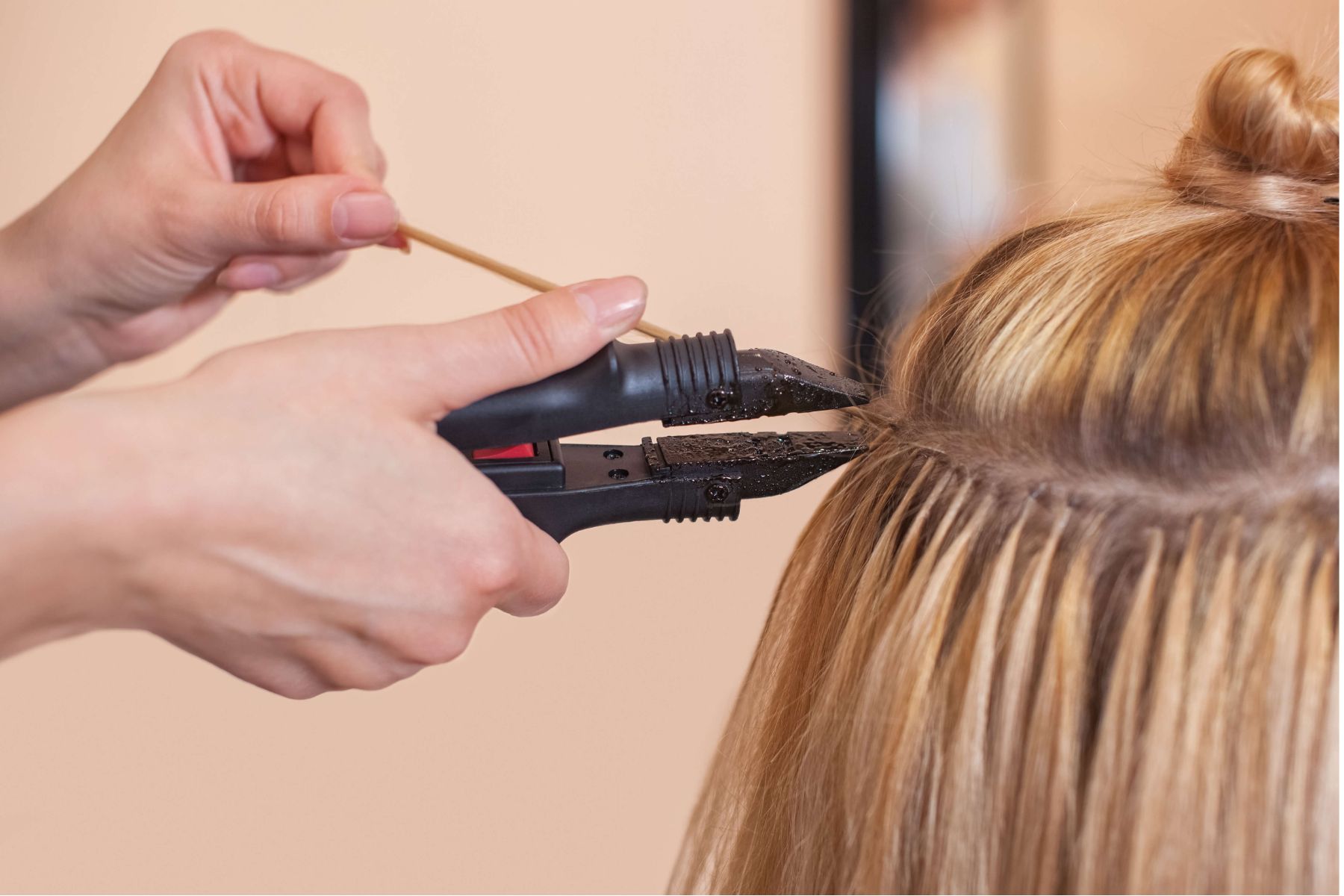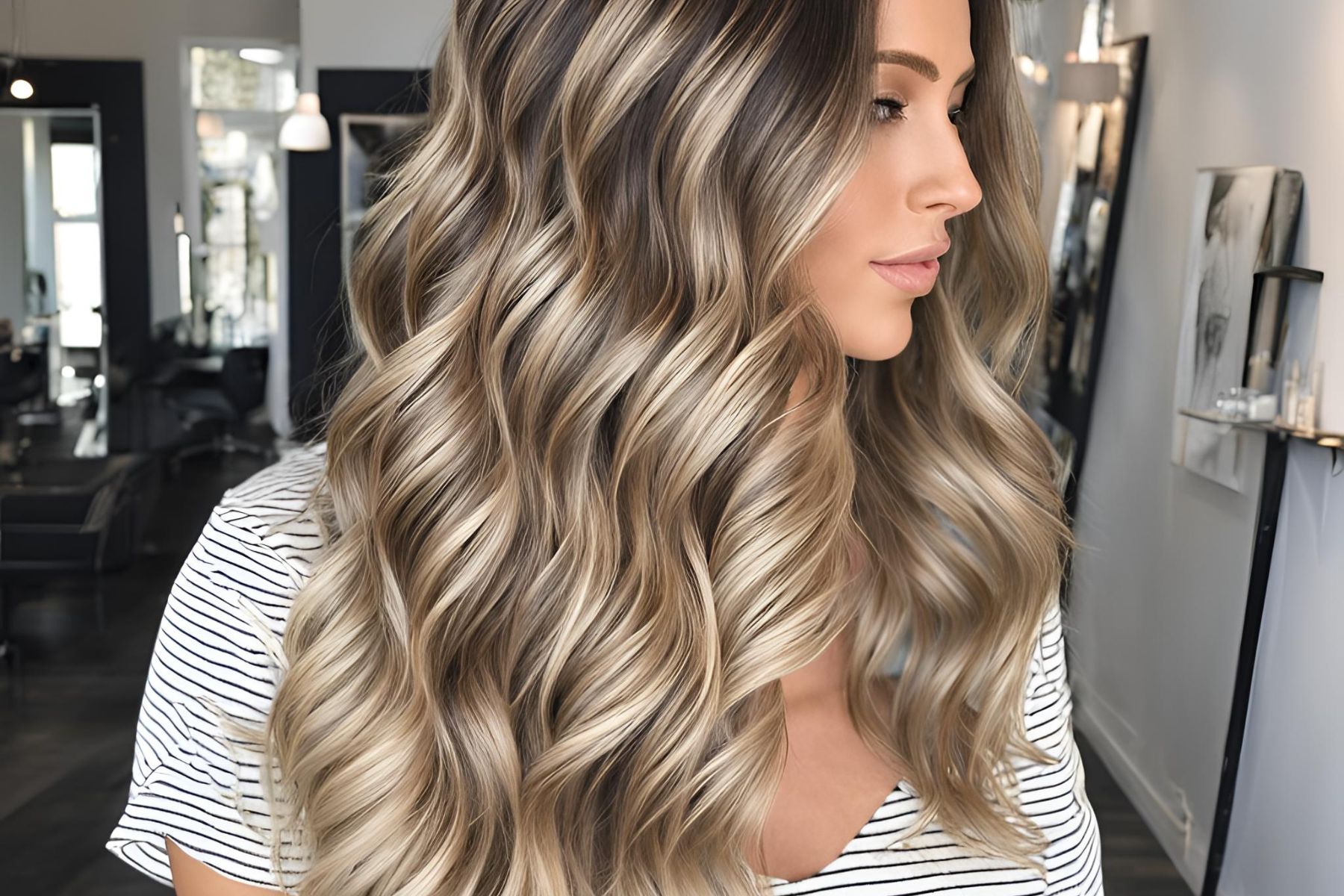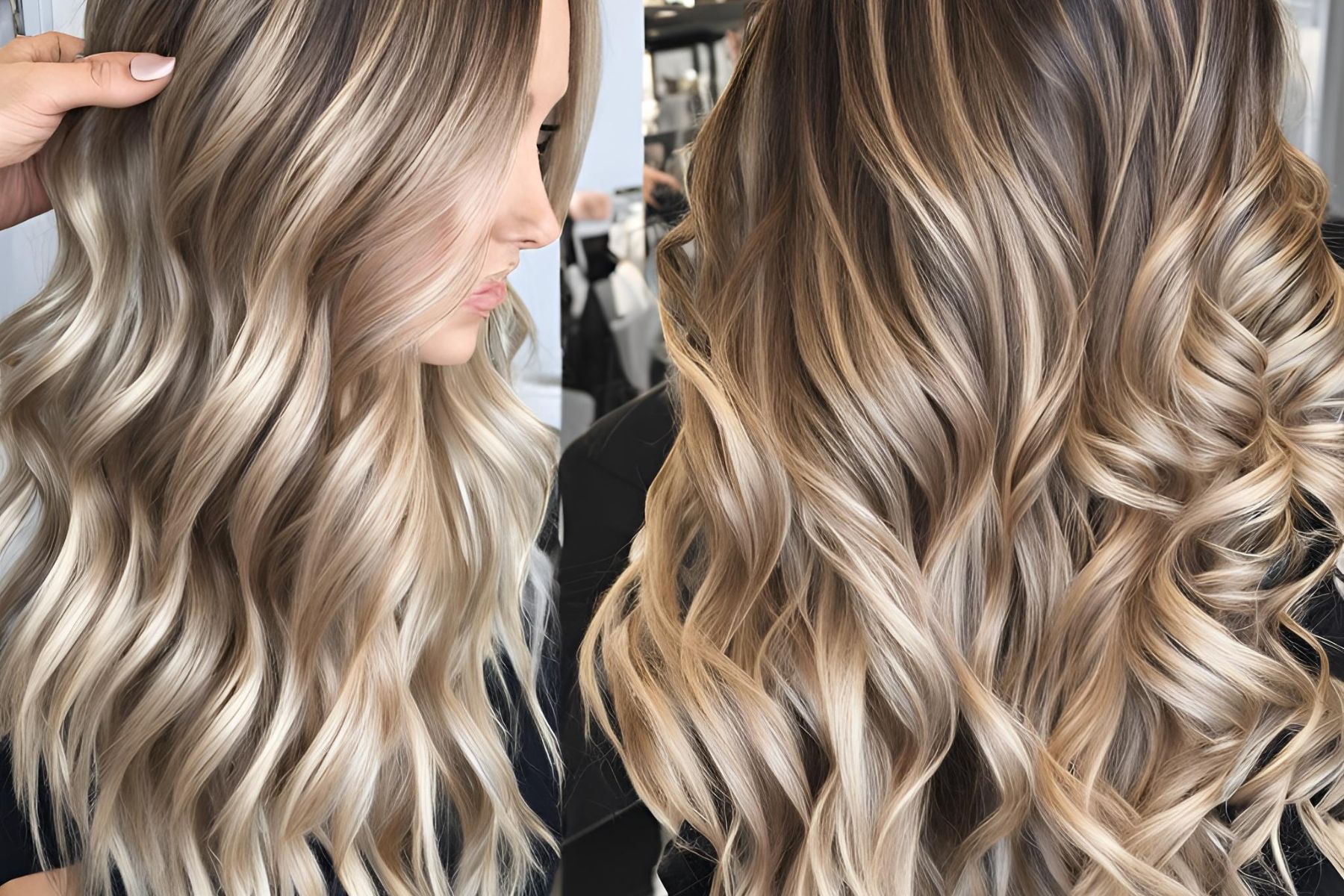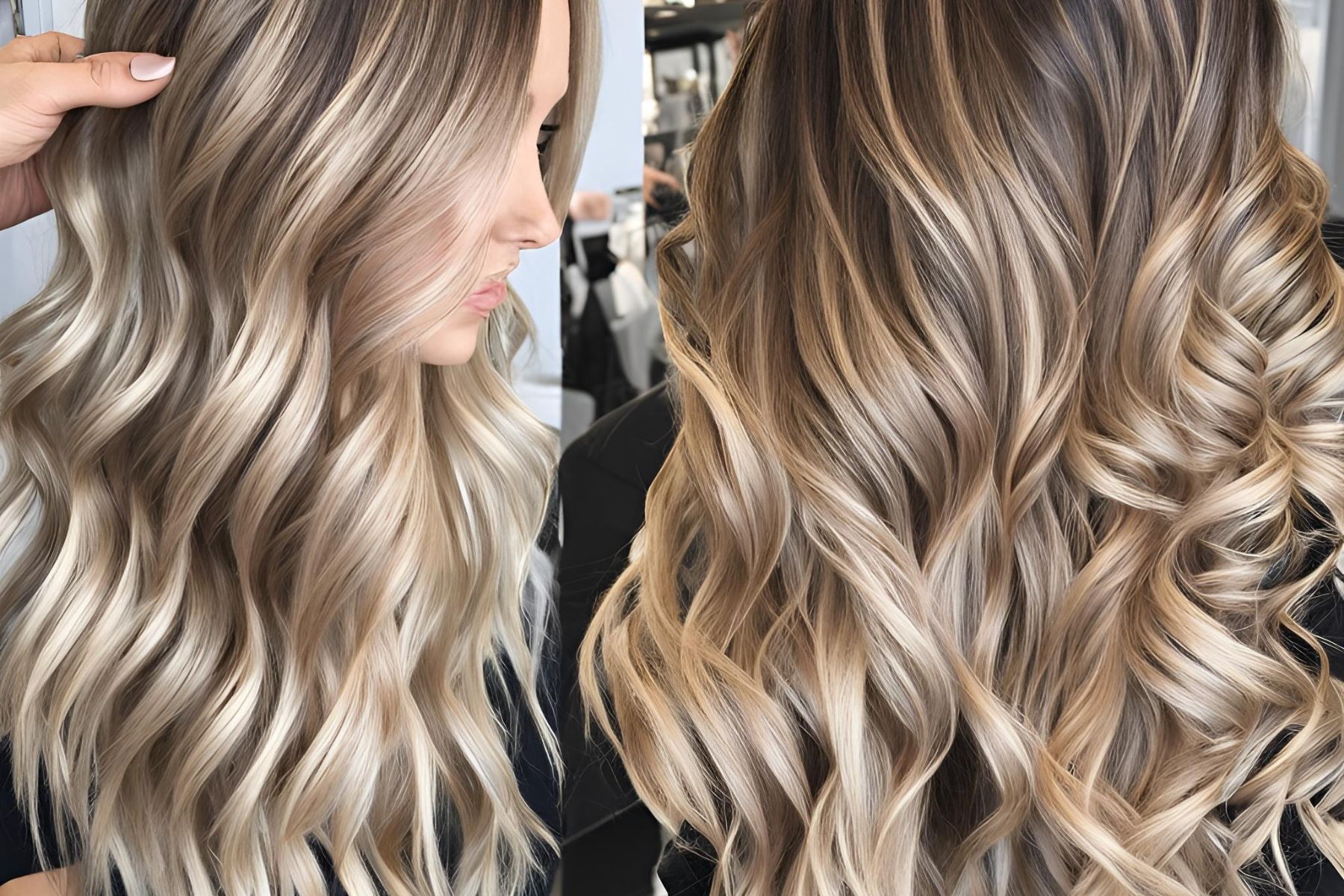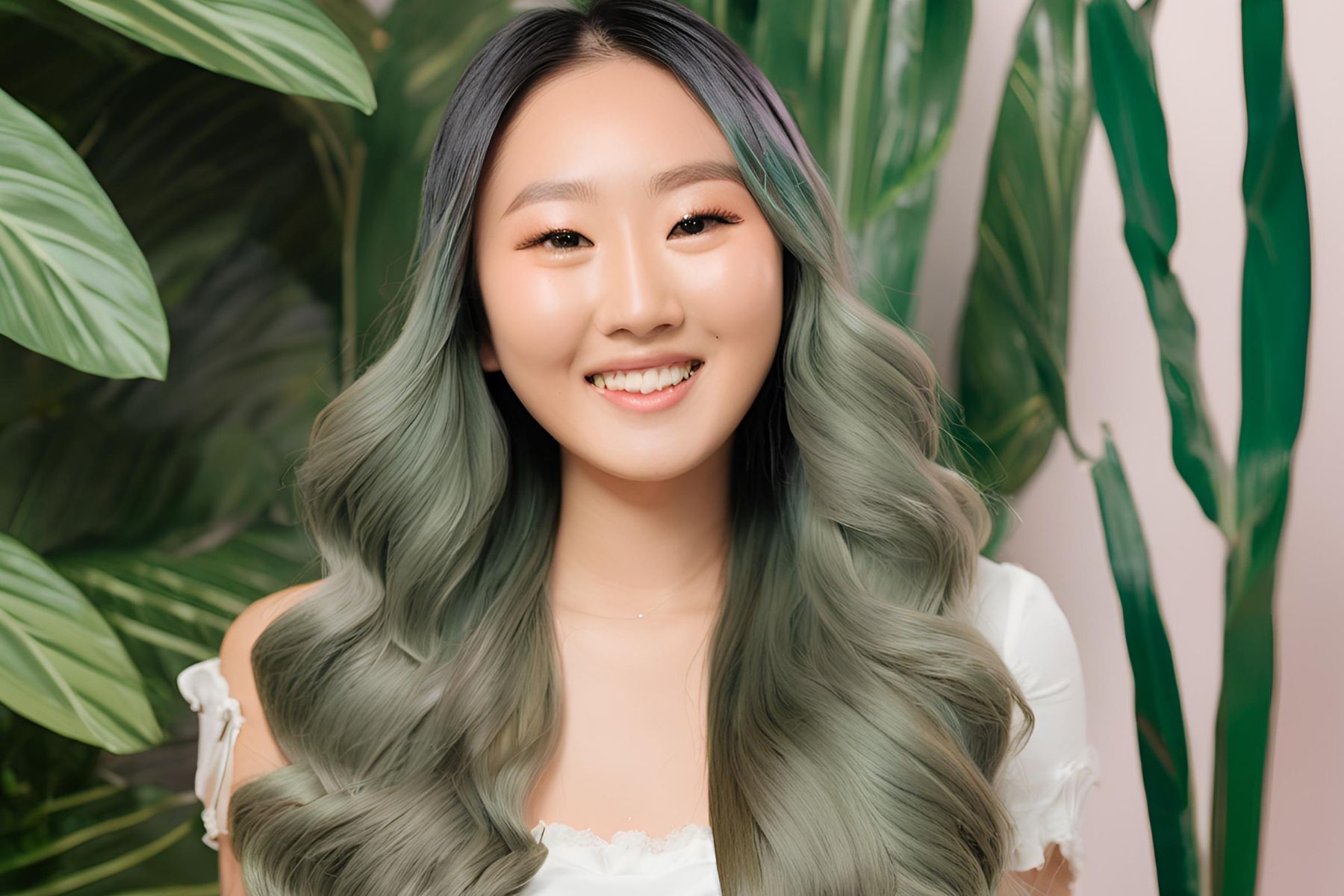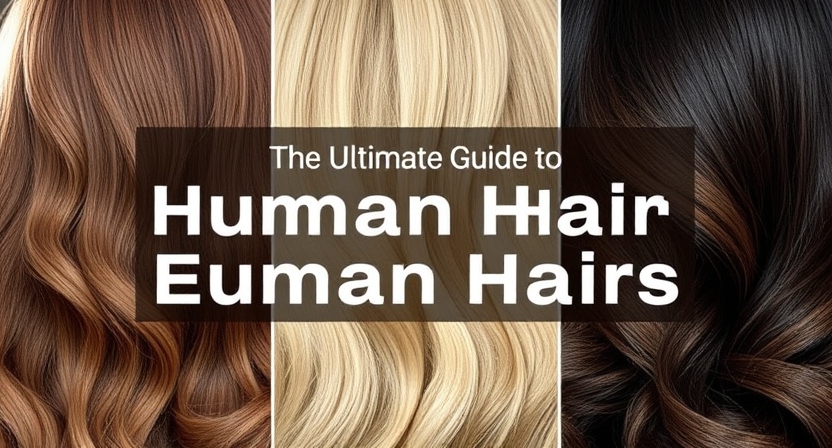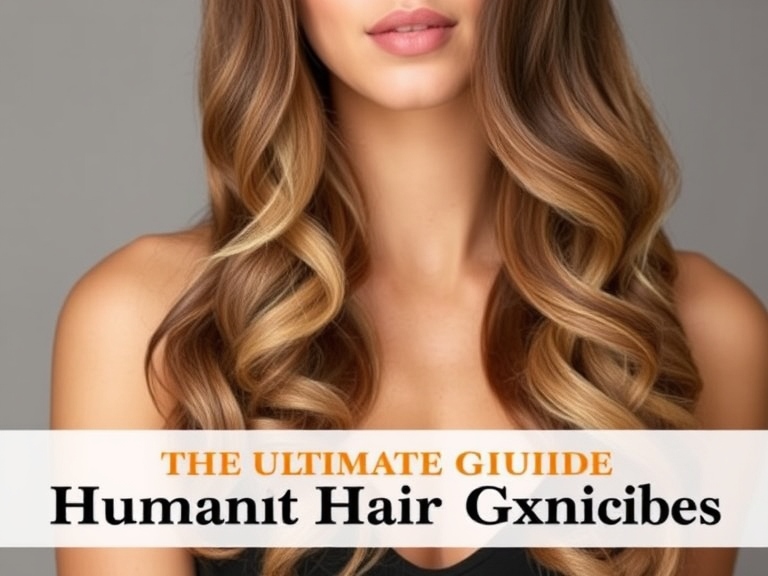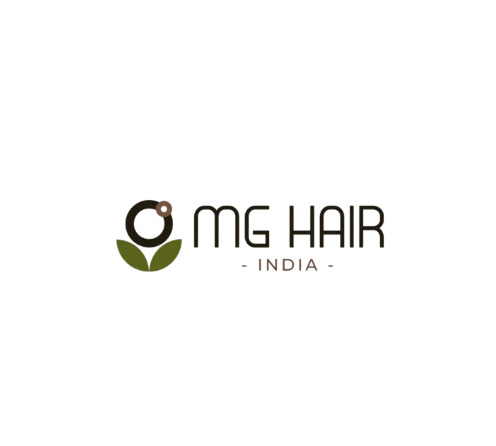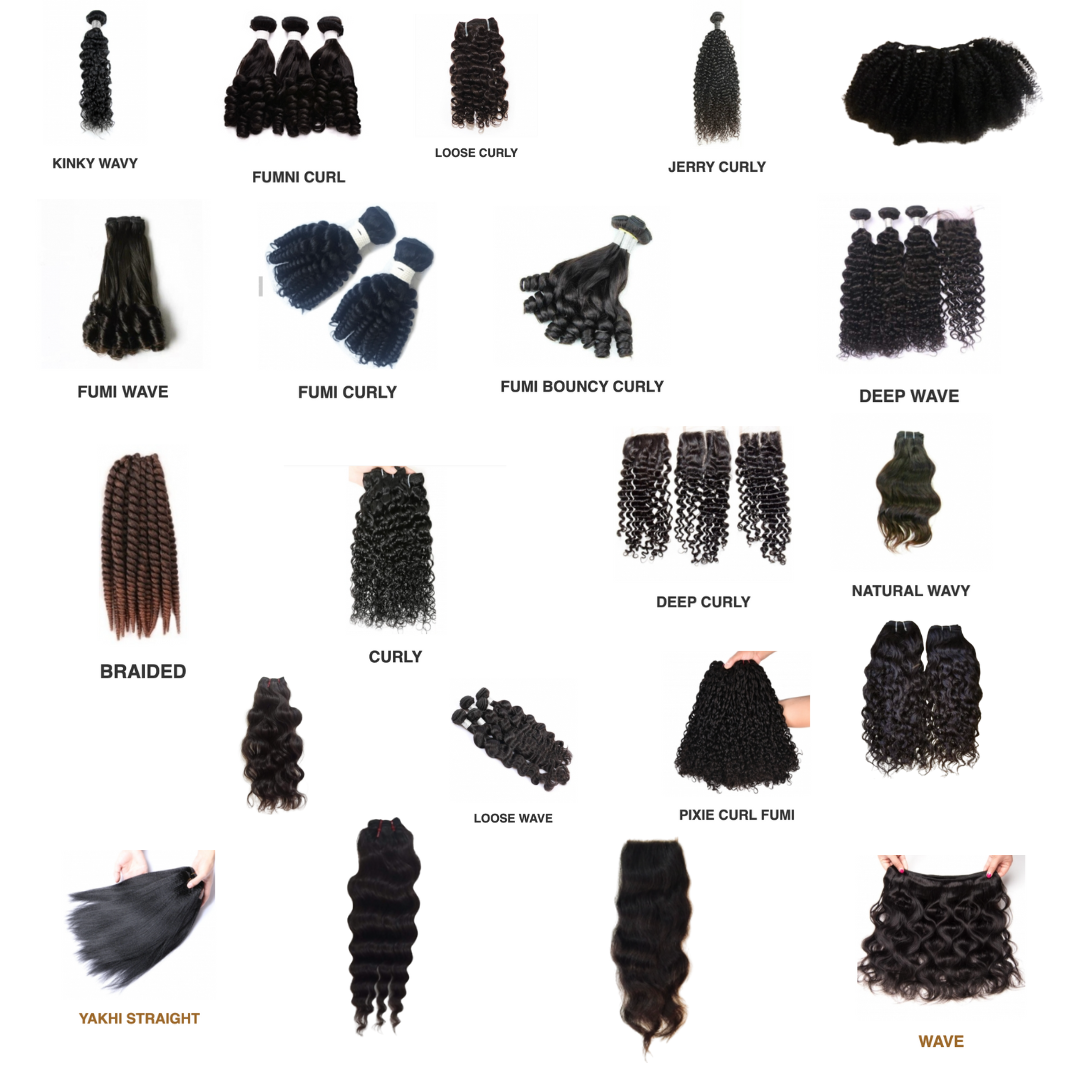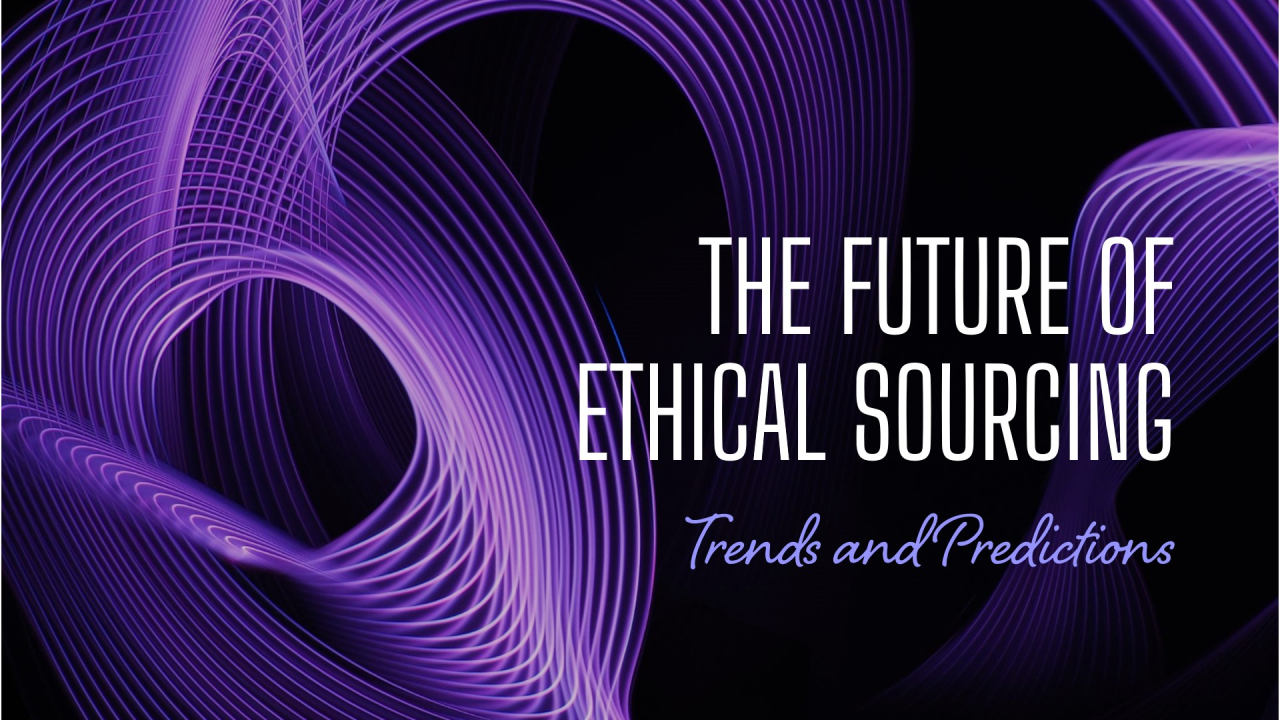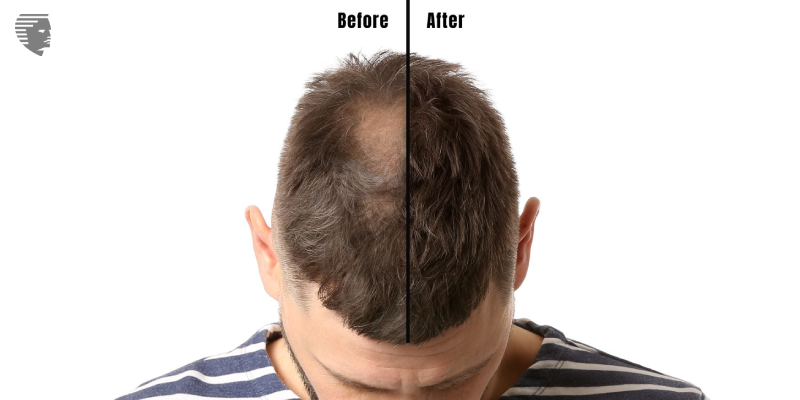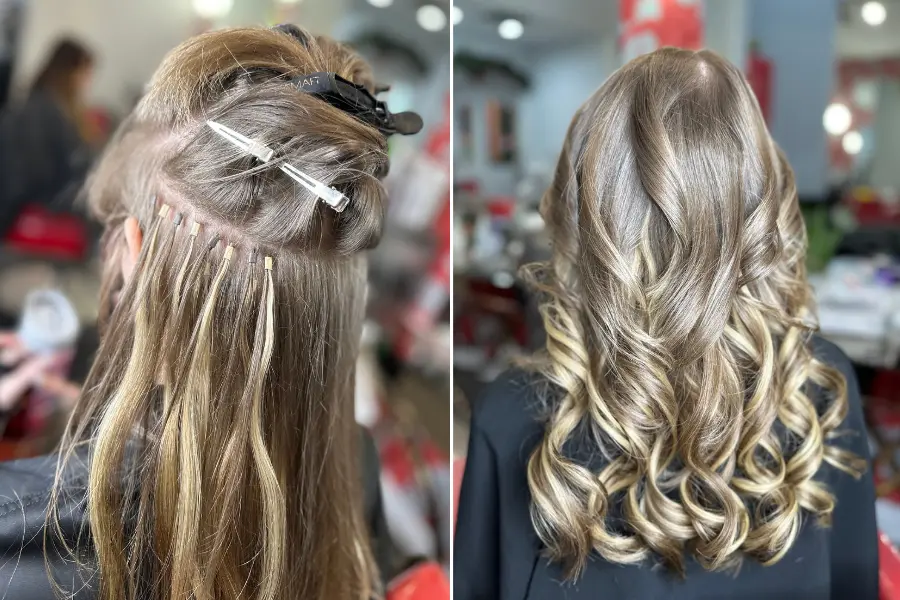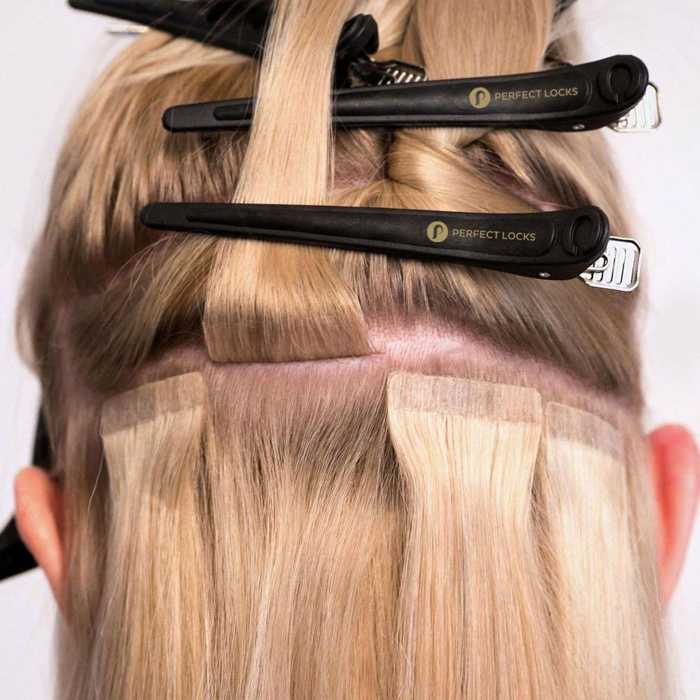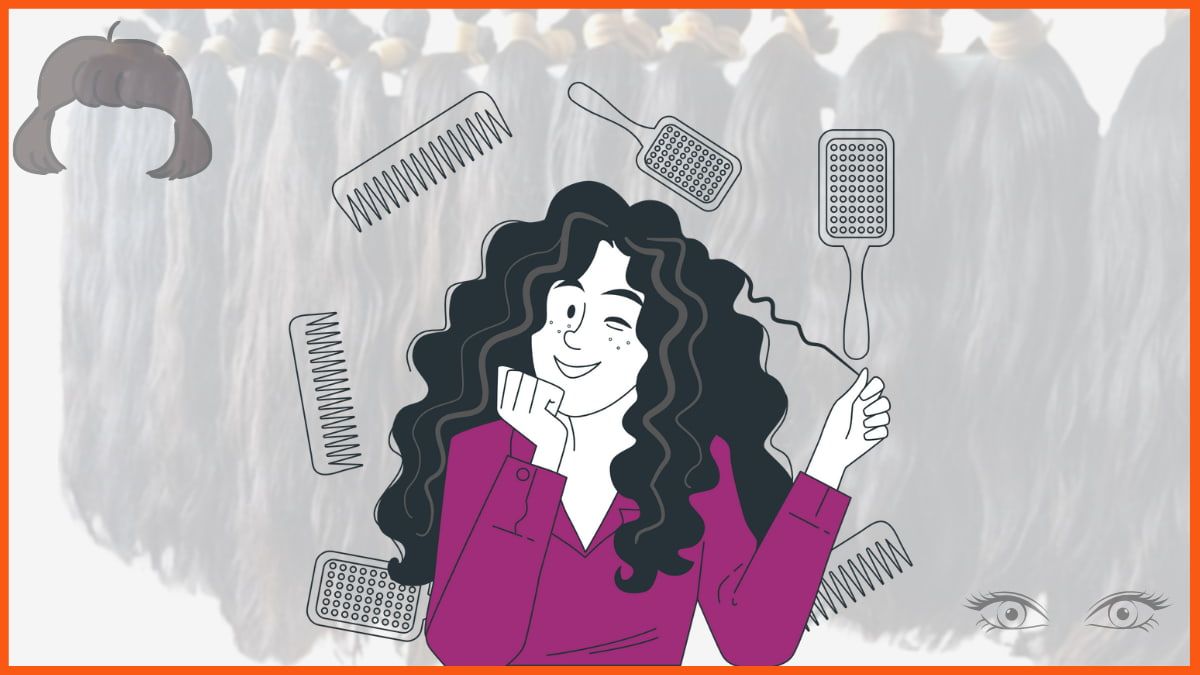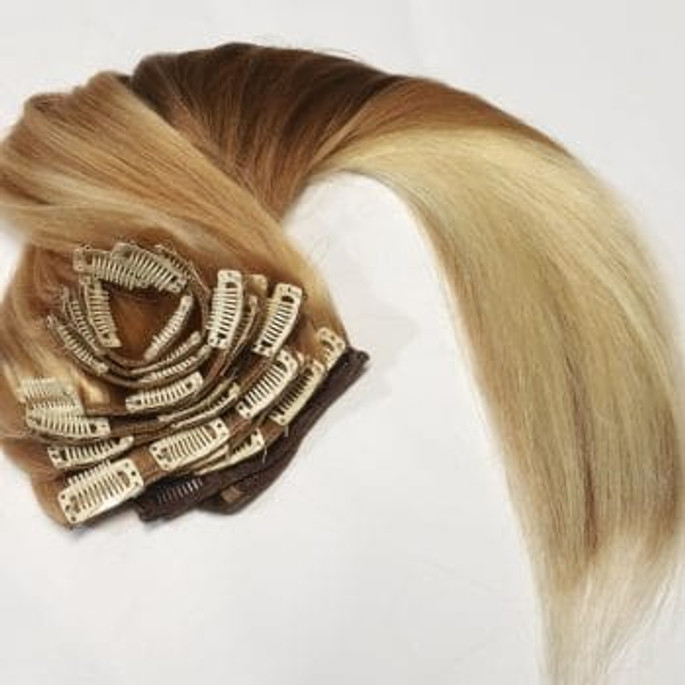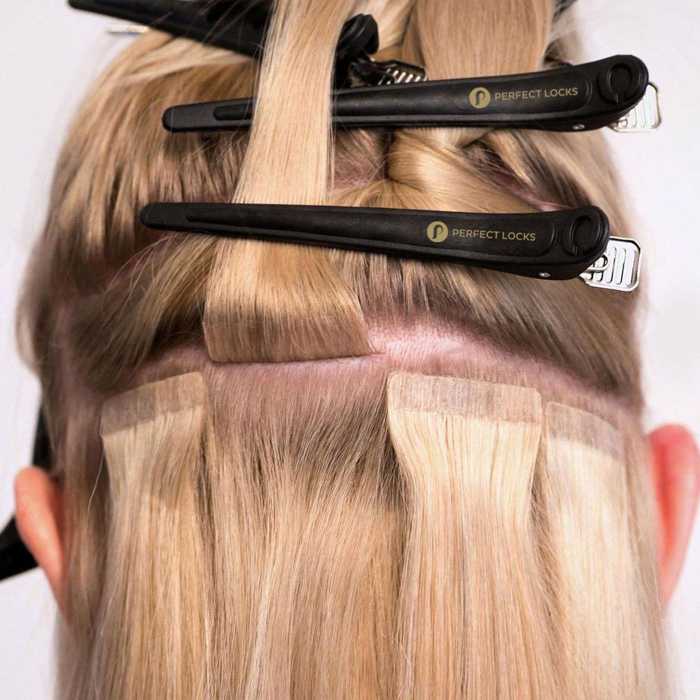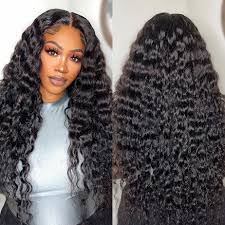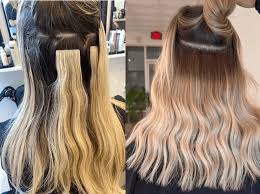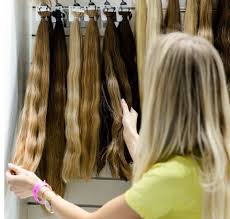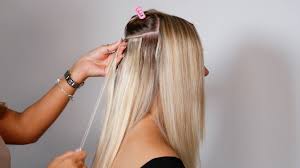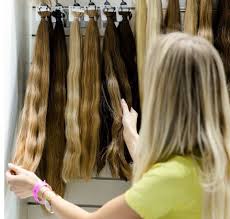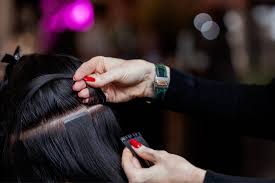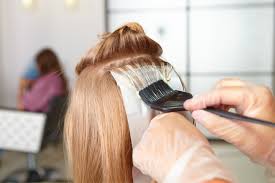The Demand for Ethically Sourced Remy Hair: Beauty With a Conscience
In an age where consumers are more socially aware than ever, the beauty industry is undergoing a massive shift. It’s no longer just about looking good — it’s about feeling good about the choices behind your beauty.
At the center of this movement? Remy hair.
Specifically: ethically sourced, human Remy hair — the gold standard of hair extensions and wigs.
But where does this coveted hair come from? And how can we be sure it's sourced with integrity?
Let’s explore the growing demand for ethically sourced Remy hair, what “ethical” really means in this context, and how brands (and buyers) are stepping up to create change.
🌱 What Is Remy Hair, Really?
Let’s start with the basics.
Remy hair refers to human hair that has been cut and collected in a way that preserves the cuticle alignment. That means all the hair strands run in the same direction — root to tip — ensuring the smoothest, tangle-free, natural look.
It’s often confused with “virgin hair” (which is unprocessed), but the key detail about Remy is how it’s harvested and sorted, not whether it’s been colored or styled.
The result?
Remy hair blends seamlessly with your own and lasts longer than cheaper, mixed-fiber alternatives.
🧭 Why Ethical Sourcing Matters
Here’s the uncomfortable truth: not all human hair is collected with consent or fair compensation.
In fact, stories have surfaced over the years of:
-
Exploitative buying practices in developing nations
-
Hair theft from sleeping women and children
-
Minimal to no compensation for hair donors in religious or rural communities
-
Middlemen profiting while donors remain unaware of their hair’s value
That’s where the demand for ethically sourced Remy hair comes in — it’s a call for transparency, fairness, and dignity in an industry that has often thrived on silence.
💡 What Makes Hair “Ethically Sourced”?
Ethical sourcing goes beyond just knowing where the hair came from. It means:
-
💰 Fair compensation for donors
-
✍️ Informed consent before hair is cut
-
📄 Traceability and documentation of sourcing
-
🛡️ Protection against coercion or cultural exploitation
-
♻️ Sustainability in the harvesting and packaging process
It also means that brands are held accountable — no more vague “100% human hair” claims without proof.
.jpg)
🌍 Where Ethically Sourced Hair Comes From
While Remy hair is often sourced from countries like India, China, Vietnam, and parts of Eastern Europe, not all sourcing is equal.
🔹 India – Temple Hair
One of the most respected sources of ethically sourced Remy hair is from Hindu temples in India, where devotees voluntarily shave their heads during a religious ritual called tonsure.
-
The hair is then auctioned by the temple
-
Proceeds often go back into the community for schools, hospitals, and housing
-
It’s one of the few models with transparency and community benefit
🔹 Southeast Asia – Village Donations
In Vietnam and Cambodia, women in rural areas often grow long, healthy hair that’s later sold or donated:
-
Ethical collectors build trust and explain compensation
-
Mobile collection units visit villages with informed consent protocols
-
Donors are often proud to participate, using funds for education or farming
🔹 Eastern Europe – Premium Virgin Remy
Slavic hair is considered among the finest due to its naturally soft texture and light tones. However, ethical concerns are rising:
💼 What Ethical Brands Are Doing Differently
Some hair companies are leading the way in changing industry standards. Here’s what they’re doing right:
1. Supply Chain Audits
They know exactly where every bundle of hair came from, who it was collected from, and how.
2. Donor Agreements
They provide signed documents ensuring consent and explaining use of the hair.
3. Fair Trade Practices
They pay donors well above local market rates and ensure no coercion is involved.
4. Community Givebacks
A portion of profits goes back to donor communities in the form of education, healthcare, or skill training.
5. Carbon-Neutral & Eco Packaging
Sustainability is now a core part of ethics. Recyclable boxes, compostable bags, and low-emission transport are increasingly prioritized.
🧑🤝🧑 Why Today’s Customers Are Demanding Ethics
This shift didn’t happen by accident — consumers made it happen.
Millennials and Gen Z, in particular, have made it clear:
“If it’s not ethical, I’m not buying it.”
They ask questions like:
-
“Where did this hair come from?”
-
“Was the donor paid?”
-
“Was this hair stolen, coerced, or forced?”
And now, thanks to social media activism, beauty influencers are also putting pressure on wig and extension brands to show receipts — literally and figuratively.
🎤 Hair Industry Voices: What They’re Saying
“Hair is personal. For many, it’s spiritual. We have a responsibility to treat it — and those who grow it — with respect.”
– Sarah L., Remy Hair Retailer, NYC
“My customers want to feel good about what they wear. Ethical sourcing isn’t optional anymore — it’s expected.”
– James T., Wig Boutique Owner
“It’s not just about hair — it’s about human dignity.”
– Anh Tran, Ethical Hair Collector, Vietnam
.jpg)
💔 The Dark Side: When Sourcing Goes Wrong
While the demand for ethical sourcing is growing, the black market for hair is still very real.
-
Stolen hair from salons, women sleeping on trains, or temples
-
Middlemen exploiting rural populations who don’t know their hair’s value
-
“Mixed hair” labeled as Remy but actually contains synthetic or animal fibers
This is why traceability matters. Without a verifiable chain of custody, it’s impossible to know if your Remy hair is truly ethical.
🌟 What Can You Do as a Consumer?
You don’t have to be an expert — just an aware one. Here's how you can make better choices:
✅ Ask Questions
✅ Research the Brand
✅ Support Ethical Brands
When you support brands that do the right thing, you're helping change the industry standard — one bundle at a time.
💬 Real People, Real Impact
“I stopped buying cheap extensions when I realized they might be from someone who didn’t agree to it. Now I only shop from brands that show their sourcing process.”
– Danielle, NYC
“Wearing Remy hair used to be about looks. Now it’s also about values.”
– Clara, London
“I’m a cancer survivor. The thought of wearing hair taken without permission made me sick. I choose ethically sourced wigs only.”
– Melissa, Toronto
🛤️ The Road Ahead: Ethical is the Future
As more people question not just what they wear but how it was made, the demand for ethically sourced Remy hair will only grow.
And that’s a beautiful thing.
Because true beauty isn’t just about how you look — it’s about how your choices impact the world around you.
So the next time you run your hands through silky, shiny extensions, ask yourself:
“Did someone benefit from this hair — or suffer because of it?”
Choose consciously. Choose ethically. Choose Remy — the right way.
Related Blog


.jpg)
.jpg)









